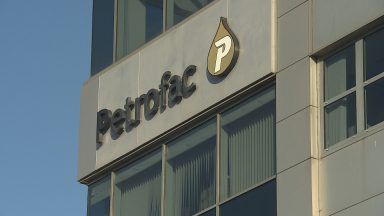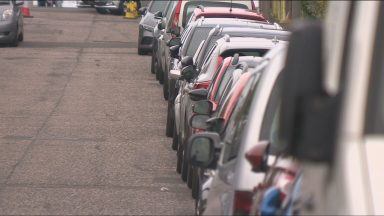Nasa is in a race to put a nuclear reactor on the moon to power its lunar exploration.
The space agency had been working on plans for a fission surface power project that would provide the moon with at least 40 kilowatts of power — enough to continuously run 30 households for 10 years.
But Nasa’s acting administrator has now directed the agency to fast-track its plans to put the US ahead of China and Russia.
China and Russia have previously announced plans to develop a similar project together by the mid-2030s.

“We’re in a race to the moon, in a race with China to the moon,” Acting Nasa administrator Sean Duffy said.
“And to have a base on the moon, we need energy.
“If we’re going to be able to sustain life on the moon, to then go to Mars, this technology is critically important.”
Mr Duffy, who was named acting administrator last month, said he wanted to appoint someone to lead the programme within 30 days.
According to Nasa estimates, lunar surface power needs at least 100 kilowatts for long-term human operations.
A nuclear reactor would help people stay on the moon for a longer time, but the newly unveiled plans do not specify when a base would be built.
If another country built a power network on the moon first, it could declare a “keep-out zone”, which would effectively stop the US from establishing its own base on the lunar surface.
Nasa is desperate to avoid that, as it plans to return astronauts to the moon within the next two years.
The agency’s Artemis III mission, slated for 2027, hopes to see humans travel to the moon’s surface for the first time in more than 50 years.
The ageing International Space Station has experienced problems with leaks in recent years and is expected to be retired by 2030.
Mr Duffy is also working to accelerate plans to create a commercial space station to replace the International Space Station.
Follow STV News on WhatsApp
Scan the QR code on your mobile device for all the latest news from around the country




























